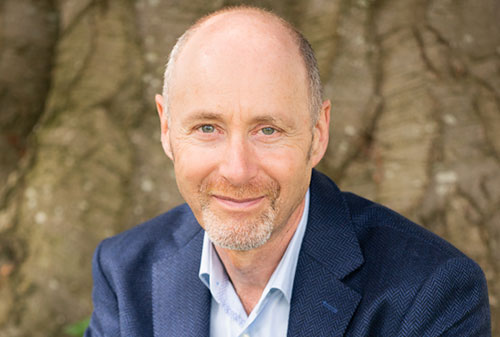
Imagine that you have gone through the discovery process with your client and your next meeting is to present your carefully crafted financial plan.
You want the meeting to be a success and have the client be enthusiastic about your recommendations.
So, how can you give yourself the highest and best chance of this happening?
This process begins long before the meeting when you are presenting your clients financial plan.
Let me share a story that I found helpful to illustrate this.
A friend of mine had been hired as part of a small team to build a case for a £40 million plus investment in a new IT infrastructure for a local council.
She and her team had worked hard over several months compiling all the necessary data. It was clear that whilst the up-front investment was huge, the payoff was far bigger. The savings in time, efficiency, and money made it a no-brainer.
Or so they thought!
Their next job was to consult with the end users and present their plan. They anticipated a warm and enthusiastic response.
Yet what they got was the complete opposite! People did not seem enthusiastic and essentially, all they heard was “So what?”
The ‘So what’ test
Feeling deflated after all the work they had done my friend and her team got together and reflected.
What could have gone so wrong?
They soon began to realise why they failed the ‘So what?’ test. Instead of finding out what mattered most to the end users they had shared their reasons and assumed the end users would feel the same way.
They had forgotten a fundamental truth: People only ever act for own their reasons, not our reasons.
What matters most to your client?
We have all been there, right? We love our product or service and, therefore, we assume that our clients and potential clients will feel the same way.
Yet when presenting your clients financial plan if you talk about your reasons the response will probably be, ‘So what?’
Financial planning clients care about what is meaningful in their own lives. And they are most likely to take action when what they are being asked to do clearly gets them what they want.
My friend and her team went back to the end users and this time they asked questions and listened with an open mind.
What did they discover?
Most of the end users were in their jobs because they wanted to make a difference. This was their most important value – the primary driver.
So, they showed the end users how the new system would help them do that better. The result?
Far greater engagement and no push-back.
Your financial plan may be a technical masterpiece, but are you addressing the “Why?” and not just the “How?”
PS. If you found this post helpful you can also check out my previous post, ‘How to ask great financial planning questions’.


